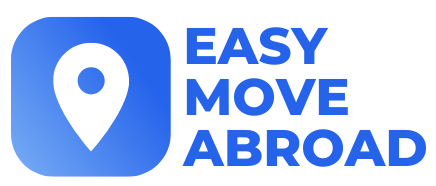Canada, known for its friendly people, diverse culture, and breathtaking landscapes, has become an increasingly popular destination for immigrants seeking a better life. With its strong economy, excellent education system, and high quality of life, Canada offers numerous opportunities for individuals and families looking to settle in a new country. This article will provide an overview of the immigration process to Canada, the various immigration pathways available, and what to expect when starting a new life in this welcoming nation.
Immigration Pathways to Canada
There are several pathways to immigrate to Canada, depending on your skills, work experience, education, and family connections. Some of the most popular immigration programs include:
- Express Entry: Express Entry is a points-based immigration system that ranks candidates based on factors such as age, education, work experience, and language proficiency. Eligible candidates are invited to apply for permanent residency through one of the following programs: Federal Skilled Worker Program, Federal Skilled Trades Program, or Canadian Experience Class.
- Provincial Nominee Program (PNP): The PNP allows Canadian provinces and territories to nominate individuals who wish to immigrate to Canada and settle in a specific province or territory. Each province and territory have their own unique PNP streams, targeting skilled workers, semi-skilled workers, entrepreneurs, and international students.
- Family Sponsorship: Canadian citizens and permanent residents can sponsor their spouse, common-law partner, dependent children, parents, or grandparents to immigrate to Canada through the Family Sponsorship Program.
- Business Immigration: Canada offers several business immigration programs for entrepreneurs and investors who wish to establish, invest in, or manage a business in the country. These programs aim to create jobs and stimulate economic growth.
- Study Permit: International students who wish to study in Canada can apply for a Study Permit, which allows them to study at a designated learning institution. After completing their studies, some international students may be eligible to apply for permanent residency through the Canadian Experience Class or a Provincial Nominee Program.
The Immigration Process
The immigration process to Canada varies depending on the chosen pathway. However, some general steps apply to most immigration programs:
- Determine Your Eligibility: Research the various immigration pathways available and determine which program best suits your skills, experience, and goals.
- Gather Required Documents: Collect the necessary documents, such as passport, birth certificate, educational credentials, work experience records, language test results, and police clearance certificates.
- Complete the Application Form: Fill out the appropriate application form for the chosen immigration program, providing the required information and supporting documents.
- Pay the Application Fees: Submit the non-refundable application fees, which vary depending on the immigration program and the number of applicants included in the application.
- Submit Your Application: Submit your completed application form and supporting documents to the relevant Canadian immigration authority, such as Immigration, Refugees and Citizenship Canada (IRCC) or the provincial or territorial government.
- Application Review and Decision: The processing time for immigration applications can vary depending on the chosen program, the applicant’s country of residence, and the volume of applications. If your application is approved, you will receive a Confirmation of Permanent Residence (COPR) and, if applicable, a permanent resident visa.
- Prepare for Arrival: Before moving to Canada, it is essential to research housing options, job opportunities, and local services in your chosen city or region. Additionally, gather any necessary documents, such as educational credentials, medical records, and identification documents, to facilitate your transition to life in Canada.
